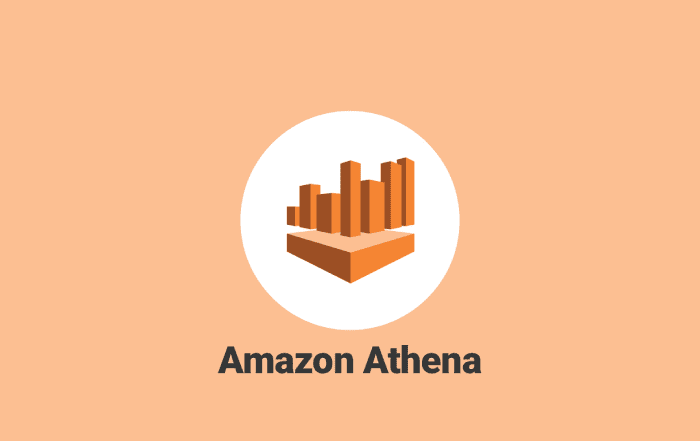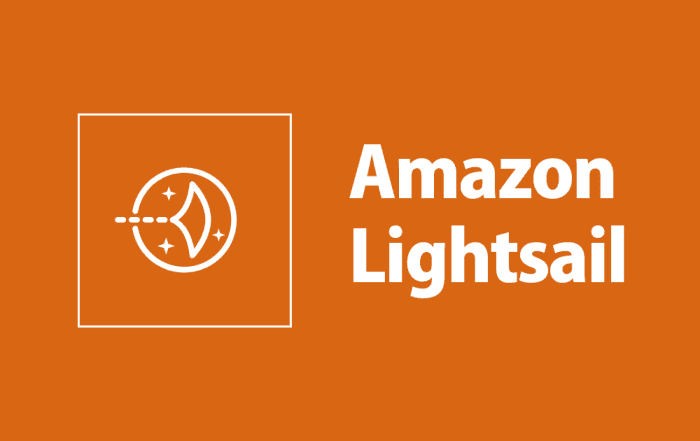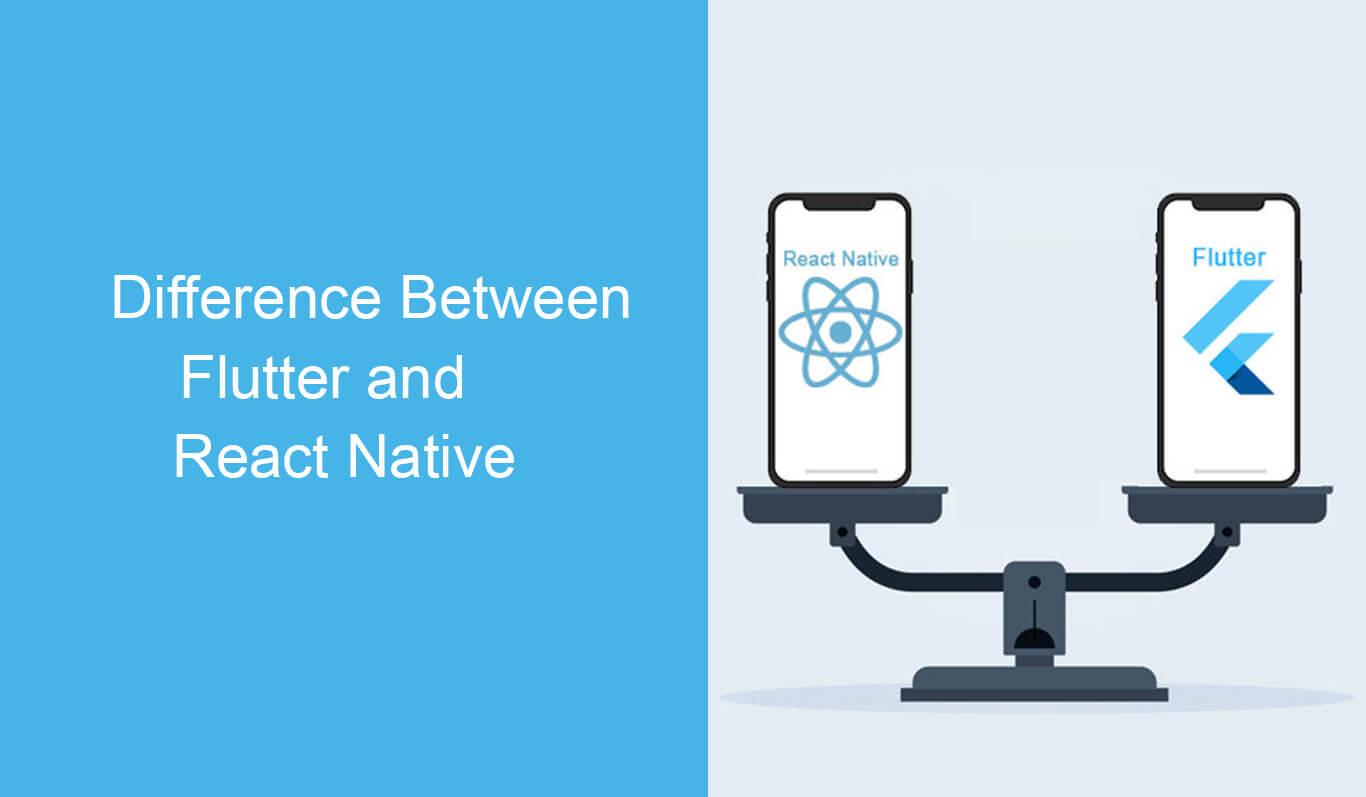
I was looking at the various Google search algorithms over the years. As I went through how the search has evolved over the years, I couldn’t but relate it to a child’s language development. As a baby learns to speak, they will start speaking with just one word sentences like mom, cookie etc. Even if you speak full sentences to them, they will just pick up the crux of it with a word and speak only that word. That was how search was in its initial stages, it was based on the ‘keywords’. But the baby Google has grown up and now speaks like an adult, hence the searches are conversational. If you type “The best place to go for lunch near Cyber City”, it understands that you want to get out for lunch and not trying to order in.
So how does it affect your content? To find out ,let’s jot down some of the important search updates and walk through to find how they impact the content.
| Panda | Panda searches penalizes sites that has duplicates, heavy advertisements and other black-hat SEO.
The lesson: Your content should contribute actual value if added to the web |
| Penguin | Penguin penalizes sites with manifested and irrelevant keyword stuffing and links to generate traffic. The lesson: Not to overdo keywords, links & use them only if it makes sense. |
| Hummingbird | Hummingbird looks for the meaning behind the search phrase rather than just using keywords. If you are searching for “best cinema to watch movies”, it will display theatres instead of movies.
The lesson: Concentrate on conversational search instead of just keywords. |
| RankBrain | RankBrain allows searches to be smarter by understanding the difference between pages on Apple company and the apple fruit.
The lesson: Your content can be found even when your customers don’t use the exact keywords |
The New Content BluePrint:
Confused by small patches of information? Let’s sit down with a blueprint to understand better.
Your content should have 3 parts. Topic, Sub-topic and Clusters
The Topic: The topic page is the centre part of your content. It is typically a single page such as a website or a landing page and offers a comprehensive view of the topic. It should have 3 basic characteristics
- No Hidden Content: It should not compel users to fill some form to read the content. That way it becomes unavailable for your search engine to crawl.
- An Answer Sheet: All questions you generally receive from your customers should be answered here.
- Related Words: It should contain the keywords, their synonyms but information that add value
The Sub-topic: This should contain information related to the topic. It should contain a hyperlink to take you back to the topic page. It could contain blogs/websites/webpages.
The Clusters: This should encompass both the topic and sub-topic in a meaningful way.
To take a simple example, let’s see Amazon Web Services(AWS).
The Topic is Amazon Polly, Sub-topics could be blogs, Getting Started, Developers, Customers, etc and the Cluster is Artificial Intelligence.
AWS will have many such clusters like Analytics, Mobile Services, Desktop & App Streaming, Messaging, IoT, etc
To wrap it up, Simplicity is the way of life – Keep it simple, meaningful & organized.








